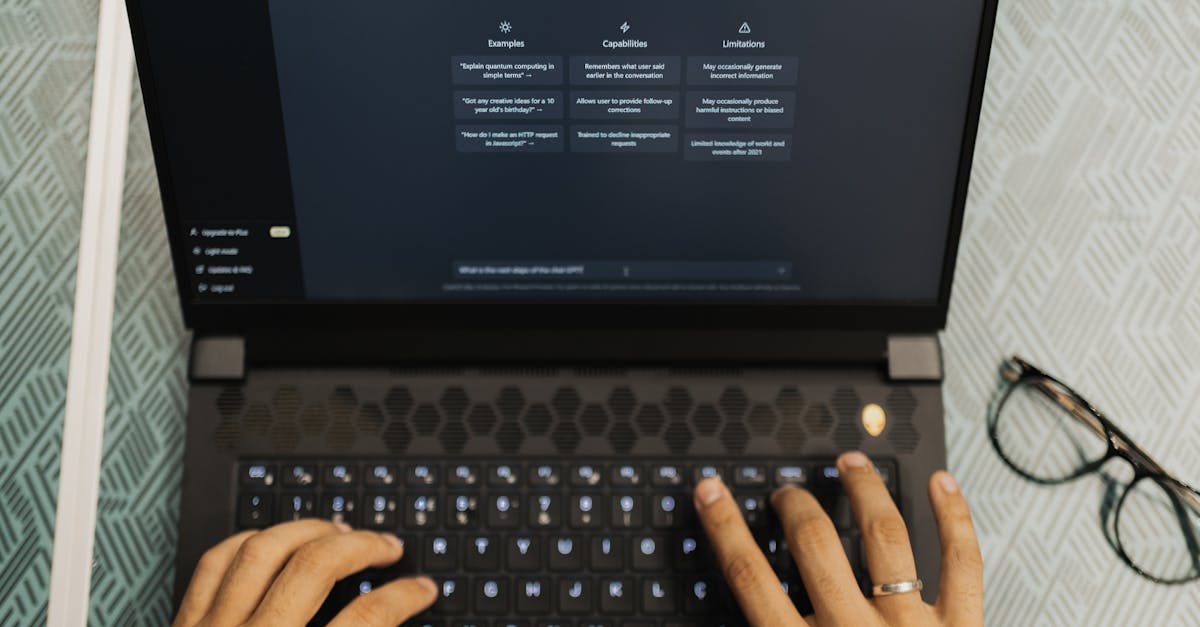Maintenance Tips for Ceiling-mounted Split System Heating
2024-06-14
Table Of Contents
Table Of ContentsQuiet Operation
Lubricating Moving PartsWall-mounted split system heating units offer the advantage of quiet operation, making them an excellent choice for maintaining a peaceful environment in your home. The indoor unit operates quietly, ensuring minimal disruption to your daily activities or relaxation time. This feature is particularly beneficial for bedrooms, nurseries, or living areas where you want to enjoy a peaceful atmosphere without the distraction of noisy heating systems.
To ensure the smooth operation and longevity of your ceiling-mounted split system heating, it is crucial to regularly lubricate the moving parts. Proper lubrication helps reduce friction between components, minimizing wear and tear on the system. This simple maintenance task can also prevent excessive noise and ensure that the system runs efficiently.The quiet operation of wall-mounted split system heating is achieved through advanced technology and innovative design. The compressor and fan components are engineered to function smoothly and efficiently, resulting in minimal noise output. With this feature, you can rest assured that your heating system will provide comfort without the unwanted noise that can be common with traditional heating units.
When lubricating the moving parts of your ceiling-mounted split system heating, it is important to use the manufacturer's recommended lubricant and follow the guidelines provided in the user manual. Apply the lubricant to the necessary components such as bearings, motors, and fan blades according to the specified intervals. By staying on top of this maintenance task, you can prolong the life of your heating system and avoid costly repairs down the line.Peaceful Environment
Checking and Adding Lubrication as Required
To ensure the smooth operation of a ceiling-mounted split system heating unit, it is essential to regularly check and add lubrication to the moving parts. Lack of proper lubrication can lead to increased friction, causing unnecessary strain on the system and potential damage over time. By following the manufacturer's guidelines on lubrication types and frequency, you can prolong the lifespan of your heating unit and maintain its efficiency.For those looking to create a peaceful environment in their homes, opting for a wall-mounted split system heating can be a wise choice. These units operate quietly, ensuring that you can enjoy a serene atmosphere without any disruptive noise. This can be particularly beneficial for bedrooms or living rooms where peace and tranquility are desired.
stem heating.FAQS
FAQSAre wall-mounted split system heating units noisy?
How often should I lubricate the moving parts of my ceiling-mounted split system heating unit?No, wall-mounted split system heating units are known for their quiet operation, providing a peaceful environment in your home.
It is recommended to lubricate the moving parts of your ceiling-mounted split system heating unit at least once a year to ensure smooth operation.How energy-efficient are wall-mounted split system heating units?
What should I do if I notice any loose electrical connections in my split system heating unit?Wall-mounted split system heating units are highly energy-efficient, helping you save on your energy bills while keeping your home warm.
If you notice any loose electrical connections in your split system heating unit, you should tighten them immediately to prevent any electrical issues or malfunctions.Are wall-mounted split system heating units environmentally friendly?
Why is it important to regularly inspect the condensate drain line of a ceiling-mounted split system heating unit?Yes, wall-mounted split system heating units are considered to be an environmentally friendly option, as they use less energy compared to traditional heating systems.
Regularly inspecting the condensate drain line of your ceiling-mounted split system heating unit is important to prevent clogs or blockages that can lead to water leaks or damage to the unit.Do wall-mounted split system heating units add to the modern aesthetics of a room?